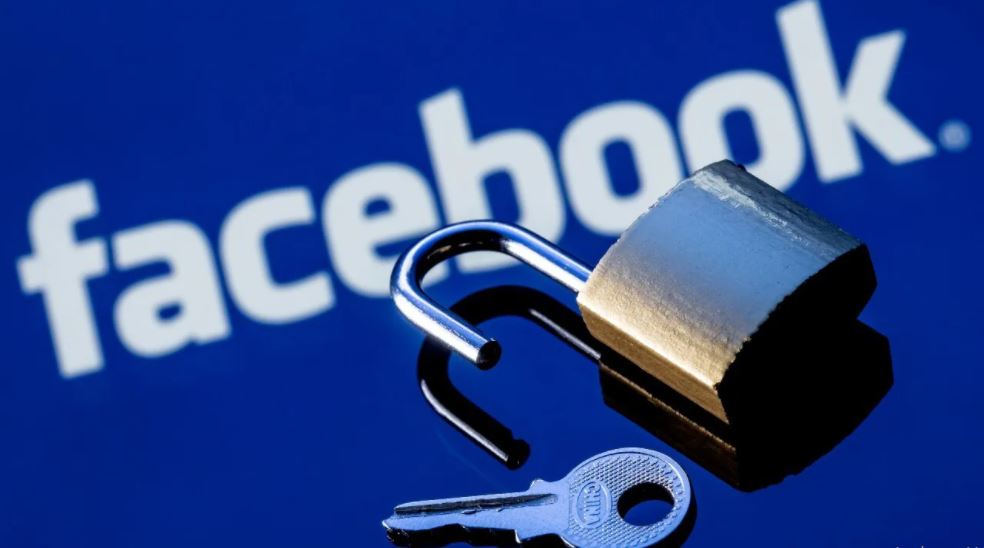Did you receive an email from Facebook stating that you are required to enable Facebook Protect? If so, perhaps it left you wondering what Protect actually is, and why you were selected to turn it on (and what will happen if you don’t). Here’s what you need to know about Facebook Protect.
Is Facebook Protect Legit?
You’d be forgiven for thinking the email is a phishing scam. “Your account requires advanced security” sounds ominous, and Facebook is asking you to act quickly by clicking on a link. Throw in the unfamiliar Facebookmail.com domain, and it has sketchy written all over it.
Facebook has a tool to verify official communications from the company, but oddly, the Facebook Protect email did not appear inside this tool for the handful of PCMag staffers who received it recently. You can check by going to Settings > Security and Login (Password and Security on mobile) > See recent emails from Facebook.
Still, this request is legit. Facebook uses the Facebookmail.com domain for all official communications. If you’re concerned about clicking on a link, just go directly to Facebook, and you will be prompted to enable Facebook Protect.
What Is Facebook Protect?
Facebook Protect provides an extra layer of security for accounts the company deems to be high risk. It was initially set up to help elected officials, political candidates, and their staff avoid account hacks that could help spread disinformation. With the increased threat of a Russian cyberattack and the 2022 US midterm elections on the horizon, Facebook has expanded the program to include those with high follower counts, an association with important Pages, or who hold significance in the greater community.
Read More: Facebook applies double standard in dealing with Russia, what about Israel?
The program essentially helps people set up two-factor authentication and allows for easier threat monitoring. Furthermore, all Page admins are required to go through the Page Publishing Authorization process, which requires them to secure their accounts with 2FA and confirm their primary country locations to cut down on potential disinformation. Page admins also need to use their real name and can’t have any other profiles on the platform.
What If I Don’t Sign Up?
If you’ve been invited to activate Facebook Protect, and you fail to do so by a certain date, you’ll eventually be locked out of your account until you do it. (It won’t be deleted, just frozen; you won’t be able to do anything on the platform.) The latest round of emails appear to have a March 17, 2022 deadline on them, but cut-off dates may vary.
Russia vs Media: Kremlin retaliates over ‘Death to Putin’ posts on Facebook
How Do I Set Up Facebook Protect?
The easiest way to activate Facebook Protect is to click the email link or in-app notification. Otherwise, head to Settings > Security and Login > Facebook Protect is Off on the web or Settings & Privacy > Settings > Password and Security > Facebook Protect is Off in the app.
Facebook runs through the increased security Facebook Protect offers, and will check your account for vulnerabilities, like password strength. If there’s an issue, click Fix Now. If two-factor authentication is not on, you’re asked to activate it by clicking Turn On and choosing an authentication method.
Authentication options include using an authenticator app, which generates a random verification code, receiving your code through a text message, or using a physical security key. Pick your preferred method, and Facebook will then have you authenticate your account with that.
If you ever need to change your authentication method, you can do this under Security and Login (web) or Password and Security (mobile). Select Set up two-factor authentication, then enter your Facebook password, if prompted. From here, you can select a different authentication method or create a recovery code if you lose your phone and can’t receive a verification code.
Source: UK.PCMAG













